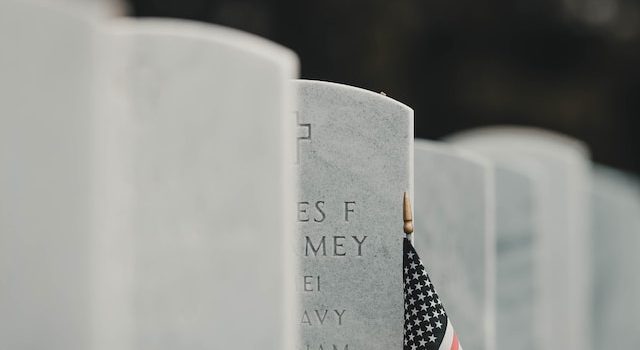
Memorial Day, a time-honored American holiday, is fast approaching. As we prepare to commemorate the brave men and women who sacrificed their lives in service to our nation, it is essential to understand the traditions and customs that have come to define this solemn observance. In this article, we explore the significance of Memorial Day traditions and delve into the customs that have become an integral part of this annual remembrance.
One of the most recognizable Memorial Day traditions is the display of the American flag. Across the country, flags are raised to half-staff from dawn until noon as a sign of respect for the fallen. At noon, the flag is then raised to its full height, symbolizing the nation’s resilience and commitment to carrying on the legacy of those who made the ultimate sacrifice.
Another cherished Memorial Day tradition is the decorating of graves. Many families and communities visit cemeteries to adorn the final resting places of fallen soldiers with flowers, wreaths, and American flags. This act of remembrance is a deeply personal and heartfelt tribute, ensuring that the sacrifices made by these brave individuals are never forgotten.
Parades have long been a staple of Memorial Day celebrations. Communities come together to honor the memory of the fallen by marching through the streets, often featuring bands, floats, and displays of military might. These parades not only provide an opportunity for collective remembrance but also serve as a visible expression of gratitude and support for the military.
In recent years, another tradition has gained prominence: the National Moment of Remembrance. Established by Congress in 2000, this tradition calls for a moment of silence at 3:00 PM local time on Memorial Day. It is a time for individuals across the nation to pause, reflect, and honor the sacrifices made by our heroes.
Memorial Day also marks the unofficial start of summer in the United States, and many people take advantage of the long weekend to spend time with family and friends. Barbecues, picnics, and outdoor gatherings have become synonymous with this holiday. While it is important to enjoy these moments of relaxation, it is equally important to remember the true purpose of Memorial Day and take the time to honor and remember those who have given their lives in service to our country.
In addition to these established traditions, various customs and activities have emerged over the years to honor the fallen. Many communities hold memorial services and candlelight vigils to pay tribute to the heroes who made the ultimate sacrifice. Others participate in charity runs or walks, raising funds for organizations that support veterans and their families.
As we embrace these traditions and customs, it is vital to remember the significance of Memorial Day. It is a time to reflect on the true cost of freedom and the debt of gratitude we owe to those who have selflessly served our nation. It is a day to educate younger generations about the sacrifices made and ensure that the memories of the fallen are preserved for years to come.
Moreover, as we engage in these traditions, let us also strive to support the families of fallen soldiers and extend a helping hand to our veterans. Memorial Day serves as a reminder of the ongoing commitment we have to those who have served and those who continue to serve.
In conclusion, Memorial Day traditions and customs hold a special place in the hearts of Americans as we honor the brave men and women who sacrificed their lives in service to our country. From flag displays to parades, grave decorations to moments of silence, these customs provide a tangible way to express gratitude and ensure that the memory of our fallen heroes endures. As we observe Memorial Day, let us partake in these traditions with reverence and a renewed commitment to honor the sacrifices made for our freedom.










